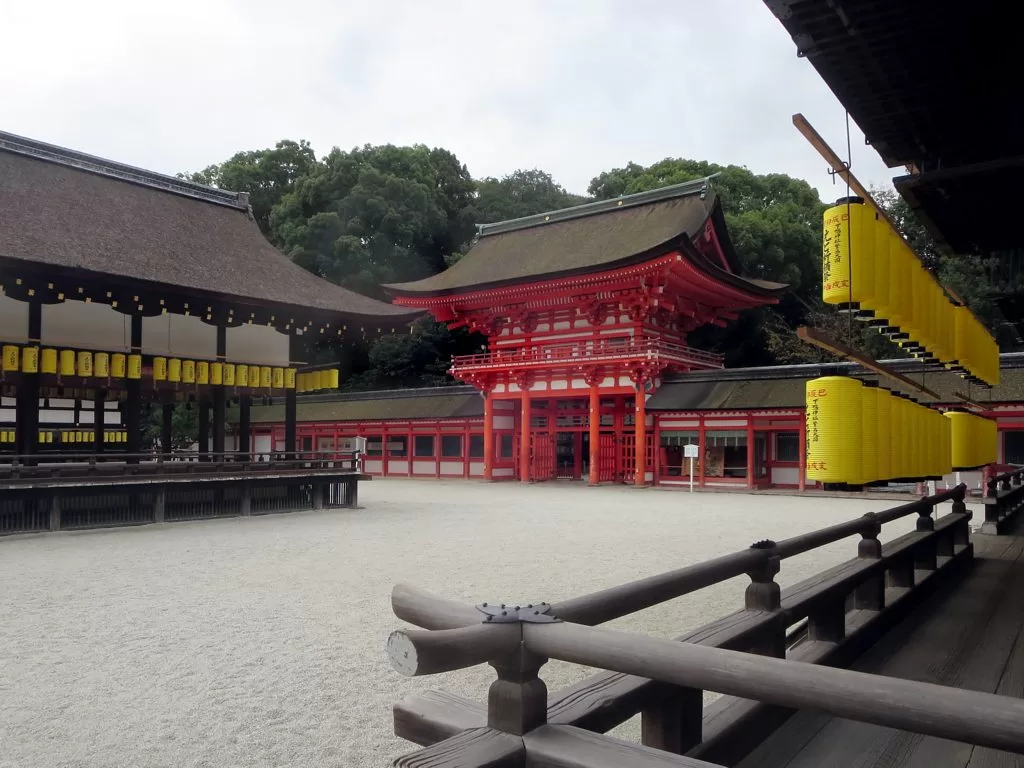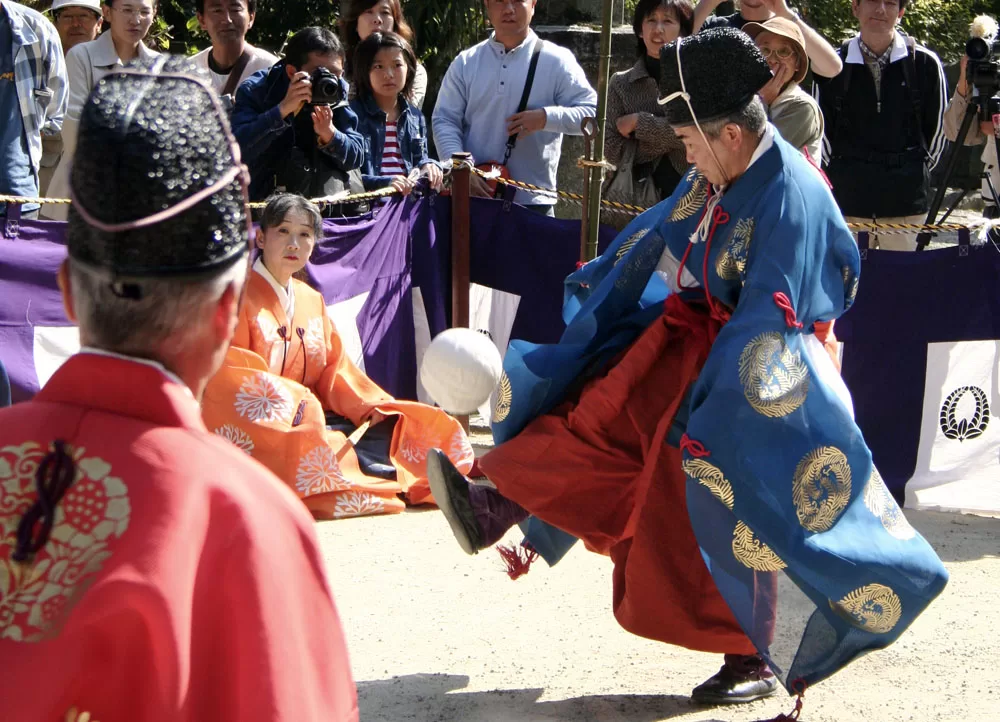Traditional Game Kemari Celebrated at Kyoto’s Shimogamo Shrine

Shimogamo Shrine in Kyoto, Japan played host to a unique traditional sporting event known as the Kemari Hajime on January 4th. Dating back to the Asuka period (6th to 8th Centuries), the game of Kemari has been a staple among Japanese nobility and, later, among the Samurai and general public.

Asia’s Ancient Sport: History of Kemari
The ceremony is conducted to honor the gods with a version of what can be closely compared to lifting in soccer. The origins of this intriguing game trace back to China and entered Japan during the Asuka Period. Further popularisation took place during the subsequent Heian Period (794 to 1185), reaching all class sectors, ranging from courtly noblemen to samurai and eventually, the general public.
Kemari took a downward turn after the Meiji Restoration in the 19th century. However, it saw a revival after “Shukiku Hozonai”, a preservation group dedicated towards keeping Kemari alive was founded in 1903.
Celebrating Kemari: The Gameplay
The proceedings start at around 2:00 PM local time when members of the Kemari Preservation Society enter the court that is located in front of Shimogamo Shrine’s main sanctuary. Adorned in traditional colourful court costumes supplemented with ‘suikan’ jackets and ‘eboshi’ hats used formally by Shinto priests, the players gather around for an energetic session of this age-old game. It’s one of the most fascinating Kyoto events in January.
What sets this game apart from most is that there are no winners or losers; it is less about competition and more about celebrating tradition as well as entertaining both local residents and tourists alike. Players form a circle and kick around a “mari”, which is essentially a deerskin ball weighing approximately 150 grams.
Throughout the game, players call out “Ari”, “Ya” and “Oh”—words that serve as communication codes for passing the ball. Onlookers also participate by cheering and clapping in response.
Explaining Kemari to Spectators
In order to assist spectators new to Kemari, one member from society serves as a commentator explaining various intricacies and stages of the game. In past years, commentators have included individuals from global sports channels such as Brazil’s sports channel which covered the game during their special report related to the soccer World Cup held that year. Special appearances have also included world champions from different sports spheres witnessing this ancient tradition.
Given its popularity, spaces can quickly fill up—those interested in immersing themselves in this traditional spectacle should aim for an early arrival.
Gearing Up: The Appeal of Traditional Attire
An integral aspect that adds to authenticity are vibrant traditional costumes worn by players— not only are they visually appealing but they act as portals into history itself. These usually comprise impressive ‘eboshi’ caps topped off with ‘suikan’ jackets and ‘hakama’ trousers often colluding into a striking display of heritage on show.
Held annually on January 4th since its revival in 1903, Kemari Hajime has grown into not only an exceptional start for locals but also an immersive attraction for tourists seeking an authentic glimpse into Japan’s intriguing cultural history that coexists seamlessly beside its modern present.
If you are planning to stay in Kyoto during the first week of January, check out the Okera Mairi at Yasaka Shrine. Experience the ancient ritual where Okera tree roots are burned in bonfires.